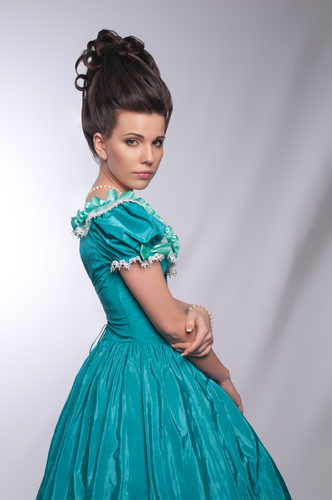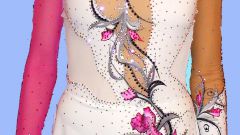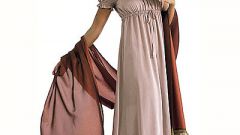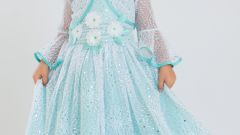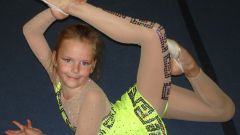You will need
- Sewing machine, pattern, main fabric, supporting fabric (lining, glue) - optional, scissors, needles, pins, thread, trim elements (ribbons, lace, beads, etc.), fasteners, iron
Instruction
1
First of all, get familiar with the style. If we are talking about modern ballroom dancing, the freedom of choice you have is quite wide, but if you are going for historical or theatrical ball (for example, vampire party), then your suit needs to fit very peculiar conditions. Carefully read the dress code of the ball (often there are links to images required dresses), if necessary, rummage in directories according to the fashion of the era and on the discussion forums.
2
Realizing the overall style of the dress, get the pattern. Masters, experienced in the clothing business, and particularly in the sewing of costumes particular era, you can build an individual pattern with one hand on a piece of old Wallpaper, but if you are so tough, try to look for the finished pattern. In the online stores of several major fashion companies, such as Burda or Simplisity, you can buy a pattern of any degree of historicity (in the section "costumes"). And the silhouettes of the Empire era, for example, is still popular across modern journals. Not to mention the fact modern evening dresses or even outfits that do not have stitching on strictly defined style.
3
Decide the colors of the future dresses, and also fabric. It all depends mostly on your personal taste, but if you do the reconstruction or pastiche of any historical era, you will be limited by certain conventions. For example, Empire-style dresses sewn from light fabrics, and dresses of the Renaissance, on the contrary, thick, dark colors.
4
Consider the finish of the future dresses as well as accessories, shoes, hairstyle. Your ensemble should be harmonious and complete. Think of the elements of the future of the ensemble you already have or can be rented. When thinking of costume it is logical to start from available resources. Don't forget to buy thread in the tone, buttons/zippers and other functional details.
5
If you use a commercial pattern, read the instructions to her and follow her.
6
Take the necessary details from the underlying tissue, and, if necessary, details lining/sizing.
7
Start stitching with the main parts of the dress - bodice and skirt. If you feel uncertain - take at first for the simple and extensive details like skirts, and then for complex and small.
8
At each stage, be sure to try on semi dresses to pretrazivanja machine and otheiwise immediately after.
9
Grab a decorative finish only after you sew the dress as such.
Note
Ball gown should not be too long: the hem should not climb under feet neither you nor your gentlemen. The train is valid only if it can be removed for hand or pin to the belt, or if you know exactly what the nature of the dance allows the presence of the plume.
Do not overdo sequins, paillettes, plenty of bright colors. Follow good taste.
Do not overdo sequins, paillettes, plenty of bright colors. Follow good taste.
Useful advice
Choosing the fabric, do not hesitate this is not respectable source, as blinds and curtains. They are no less quality than the most expensive fabric, but much cheaper.
Cuts artificial fabrics can not be treated with a zigzag or serger, and melted in the fire.
Decorative finish designed specifically to mask the seams and failure locations.
Cuts artificial fabrics can not be treated with a zigzag or serger, and melted in the fire.
Decorative finish designed specifically to mask the seams and failure locations.
